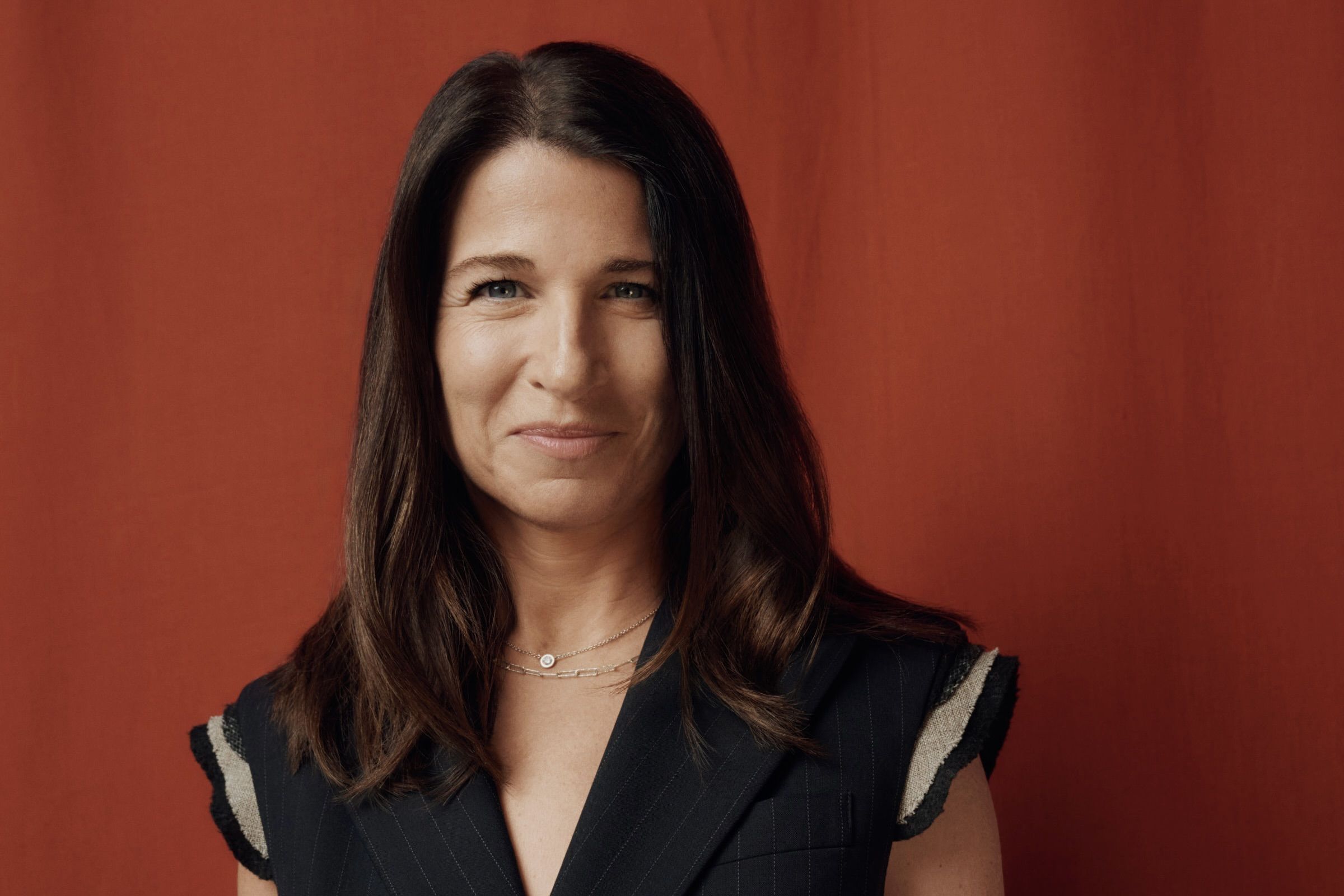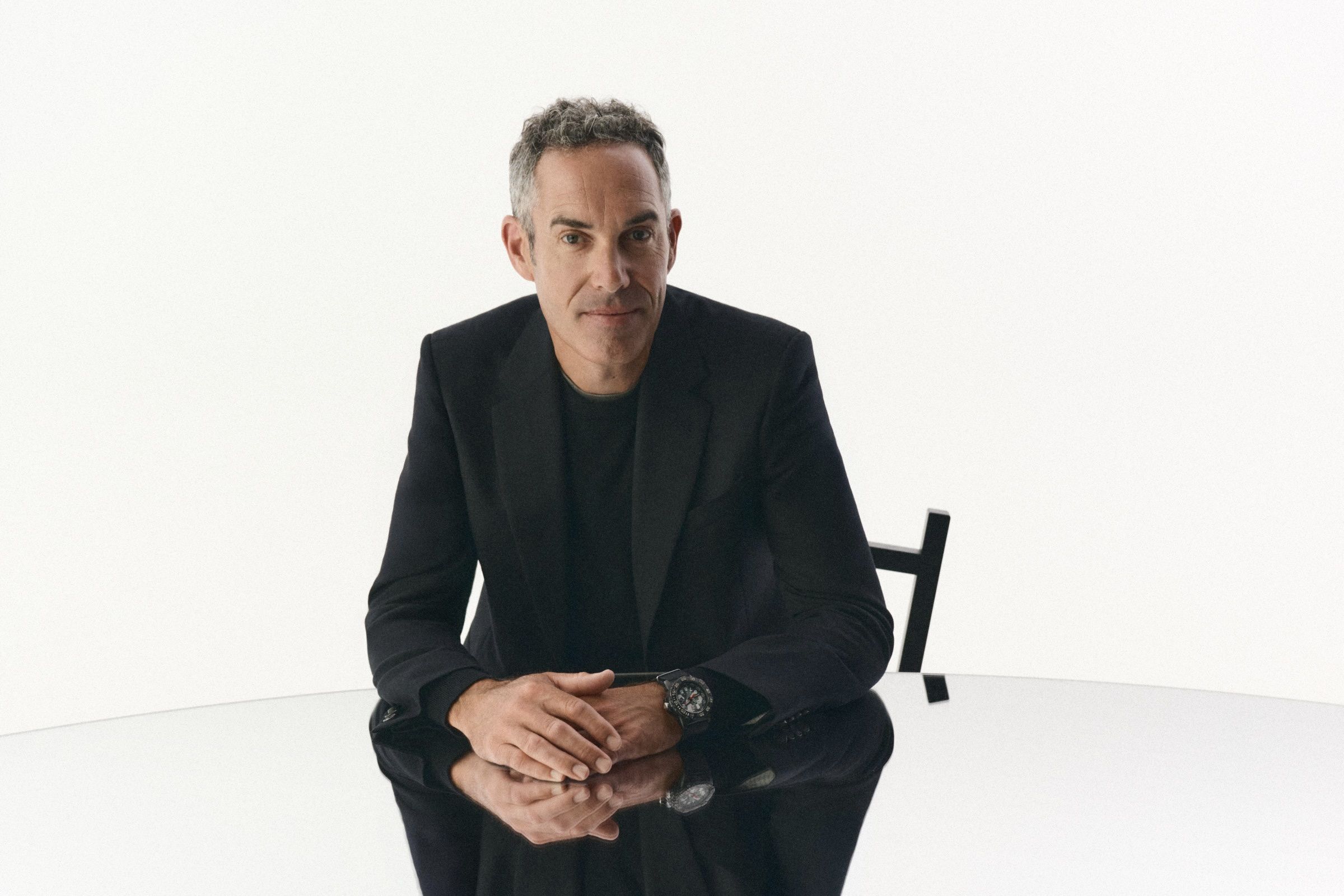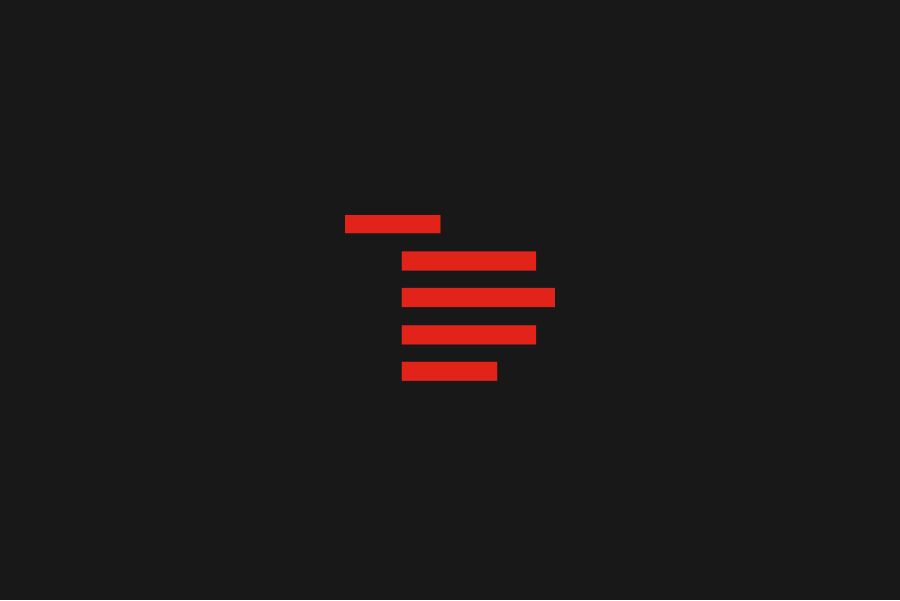Index OnAir: Hiring in a Remote World

As three of the Valley’s most experienced people managers, our panelists have experienced challenges from building small startups to managing hyper growth at Google. Yet remote working has challenged every company in new and unpredictable ways. Chair Roli Saxena, a Culture Amp board member, Anna Fraser, chief people officer at Sonos, and Heather Sullivan, chief people officer at Discord share some valuable best practice on recruiting and supporting staff during a time of unprecedented uncertainty.
Roli Saxena: Our world changed overnight. We went from everybody in the office to everybody working remotely. How did you navigate your company through that change?
Anna Fraser: Sonos had the advantage of always being a globally distributed team, so during the pandemic we haven’t had to retrain our workforce of 1,500. That said, it has been a bit of a ‘follow the sun’ approach in how our employees and customers were affected from China to Europe to the US. All of us across all industries have had to make decisions based on information that is changing daily, if not hourly. So we’re just trying to learn and adjust as we go.
We’re all having to channel our inner entrepreneurs and get really scrappy. For our employees we’ve had a Maslow's Hierarchy approach where we start by asking what people need to be able to do their jobs. Do they have the right equipment, the right access, and how are their needs different than they were in the office? Do they need to adjust their hours?
Like many teams, we were initially very focused on short-term cash flow. We paused hiring and stopped some critical projects that were quite far along so that we could figure out longer-term strategic and financial plans. Now it’s about how we expand flexibility and empower people to do what they need to do. We've always had a very high-trust, high-freedom, non-hierarchical culture, but Covid-19 has left people craving much more structure and guidance from their employer. We're all going through a level of stress and uncertainty that is unprecedented. The more we can try to understand where people are at, and meet them where they are, the better position we will all be in.
Heather Sullivan: We've actually had explosive hiring and explosive growth throughout this pandemic. Because so many more people are at home and want to connect on Discord, we’ve grown our workforce by 30% since the pandemic started. But Discord hasn’t had a geographically distributed workforce. The majority of our team is in San Francisco, with a small group who live and work outside the Bay Area. We had a philosophy about collaboration coming from us being in the same room, so we had to rethink things right away.
We're lucky that we're a communications platform, and can use our own tools. But we had to start with the basics, making sure they understood how to use all the different features of our platform, offering a budget for desk equipment. There are so many different life situations, whether it's single parents working at home and homeschooling, or somebody in a studio apartment where their desk is two feet from their bed.
Roli: One interesting theme is how you can meaningfully engage your employees when they work remotely. For us, employee happiness and mental health was a huge component of creating engagement. How did you evolve the interview and assessment process?
Heather: We looked at every step of our recruiting process and asked how we could move it online. We wanted to use our platform, so we moved our entire interview process to Discord. That meant we needed to educate our candidates on how to use the platform, and rethink things like ‘lunch train,’ when our interviewers would take the candidate to lunch. Anyone who’s still struggling with interviewing online shouldn’t try to force the existing process into a digital system. We learnt a lot from stepping back and looking for different digital tools.
Our recruiting coordinators have been the unsung heroes. They invest in audio-visual checks beforehand, find out preferred pronouns, and build breaks into the day so that interviews aren’t back-to-back — video can be exhausting if you’re on it all day. They’re really thinking from the candidate perspective, and it's a significant but worthwhile investment on our part.
We didn't expect to be out this long when we first started working remotely — we said we’d see how things were in two weeks! Some things we’d put into our process were a little too high touch and not scalable, like sending our candidates a package so that they could have a cup of coffee with us during the interview.
We get a lot of feedback, candidate surveys, and check in after onboarding so we keep evolving the process. Our recruiting team spends a lot of time sharing best practices to level everybody up.
Roli: We’ve all had to work out how the process feels from a candidate perspective. What have you found effective, and what hasn’t worked?
Anna: The biggest challenge has been that we are a hardware company and a sound company, and those are tough to experience remotely. We've always had candidates come to one of our labs, and haven't found a replacement for that in the virtual world. Our hiring managers and engineers are trying out creative things on Zoom and other platforms, but it's definitely a piece we're missing.
We’re asking ourselves how to connect people with our products and our mission, and how to teach the more subtle aspects of our culture, values, and behaviors. Candidates get a Sonos speaker from us - building the product into the interview experience gets people engaged right away. It’s more important than ever because they're not going to have that opportunity in the office.
Roli: How do you assess cultural fit? What is your tactical perspective on supporting employees as they integrate in this digital world?
Anna: It starts with knowing what you value in your company culture. We lean heavily on core behaviors of respect, transparency, collaboration and ownership. Those things can sound pretty vanilla, but it’s leadership that brings them to life. They need to speak about what we care about as an organization, and how that shows up in our decision making, daily practices and behaviors.
With candidates, we’d ask them about a time when collaboration was really hard and how they worked through it. Find out how they make decisions and what they care about — those behavioral questions.
Roli: When everybody can work from anywhere, how do you approach compensation? Should an employee living in Denver expect the same as someone living in San Francisco?
Heather: We have realized that we can be geographically distributed and still highly productive and successful. So we're creating the space for our employees to live in other locations, and for us to recruit in other locations. We’re doing it carefully and selectively though, because it’s a significant amount of work for each new state that we open in.
With compensation, we made the decision that we will do geographical adjustments. If we were hiring in Denver we’d look at the cost of labor and adjust from our San Francisco wages. For our employees, this is for longer-term moves rather than people working from their parents’ house for six months. We know this is a difficult and highly unusual time, so we’ll be adjusting from January 2021 to give them time. This enables us to be thoughtful about growing and scaling without creating unintentional pay inequities by having San Francisco wages in geographies that just don't require it.
Roli: You've been able to hire some incredible talent, but one of the hardest things for any new employee is feeling like they are part of the team. There’s a lot to learn, and it’s no longer possible to have those informal conversations that help people settle in. What’s best practice in onboarding someone and making them feel integrated?
Heather: We've added 30% to our workforce, but that’s 30% who’ve never been to our office or met us in person. They haven’t been able to see the tangible elements of our company culture, so we need to create those connections virtually. The onboarding process is critical.
Our CEO teaches a class called Discord: past, present and future to explain how employees add value, and deliver against the strategic goals of the company. Before every new hire class starts we pull all the managers together and talk about the first week. We make sure there's daily check-ins, and do happy hours where we connect them with people with similar interests. We send them a lot of swag and stuff to put on their desk, and having a Discord hoodie on during video calls adds some fun.
Anna: We have a ton of transparency at Sonos — even more than my previous life at Google. That’s amazing but it can be really overwhelming for new hires. They need someone to be their organizational sherpa, and help them work out what to pay attention to, where to find information, and how to get things done. It can be a formal buddy program or a weekly meeting with a few people outside their direct team.
Be really intentional about building relationships and giving people prompts for what to talk about. We’re all grown ups, but it’s still scary to start social interactions from scratch. Zoom fatigue, family demands and workload mean it’s harder to schedule an introduction or a coffee chat with someone they don't know. When in doubt, default to your inner camp counselor. There are a lot of best practices from outside the business world we can all learn from.
Roli: Culture is an important recruiting tool. How do you infuse that culture in a virtual environment, both for new hires and the organization as a whole?
Anna: Our culture thrives around shared passion for our products, and we tend to be at our best any time we connect over a love of music. We've tried lots of different things, but some of the most powerful have been when we've just increased the frequency of internal communication. We have weekly all-hands so we can hear from employees, and they can connect directly with the CEO and leadership. People outside Santa Barbara in particular feel much more connected than they did when we were all in the office.
We've tried fun things too, like sending short video messages. Some people share about what their home office looks like — some engineers have built incredible test setups in their house. Others share helpful tips, or talk about how hard it is to have kids and dogs running through the house. It strengthens the relationships people have with one another.
Roli: Our leadership team did a couple of things. The CEO sent short notes to employees to thank them for their work on a project, or well done on that presentation, which replicated the comments they’d get if they walked past him in the corridor. From a tactical perspective we recognize three people each month as MVPs — people who exemplify leadership and results. We created a Zoom background with them on, and for the next month everyone in the organization uses that. It’s really gratifying to incorporate connection in these ways.
Anna: People want to be seen more than ever. That’s incredibly hard to do over the screen, especially if your organization has gone through layoffs, or cost-cutting measures, like we had to in the spring. People are more anxious about whether they are having impact, so anything leadership can do to recognize and reinforce that is huge.
Heather: Give employees a variety of spaces, whether it's a CEO reaching out or a confidential space for feedback. We just completed an employee pulse survey, and got a wealth of information about what's working, what our employees want us to keep doing, and where there's gaps. It allows us to create the programs and tools our employees are craving. It’s important to proactively ask, rather than assume, what folks need.
Roli: How do you get feedback from employees to ensure you're making those shifts? What tools are you using?
Heather: We implemented Culture Amp at the end of 2019, so it has been great to have a baseline of engagement-survey data from before we started the shelter in place. We've done two additional surveys since then. I was prepping our leadership team to expect a dip in engagement — six months of working remotely and knowing that, at a minimum, we wouldn’t go back to the office until March could mean that we get virtual fatigue. But I was delighted to see our engagement score go up, with high participation and amazing feedback.
We also use Culture Amp to survey new hires at the end of week one to get feedback on onboarding, from the offer process to week-one orientation. At week six we survey again to make sure they understand how their work impacts the success of the business. Surveys can sound impersonal, but it allows people to give feedback anonymously. Two-way feedback is critical.
Roli: One of the defining themes this year is diversity and inclusion, so how are you making sure you hire diverse talent?
Anna: Business leaders across every industry and every demographic are waking up to their responsibility to leverage resources, influences, and create ways to make progress. We have to lead with heart and empathy, and make space for the conversation, whether that’s people needing to reflect on whatever horrible news happened the day before, or thinking about how we build more diversity and inclusion into our product design and culture.
Data is a powerful place to start. If you don’t know what your organization looks like, it's hard to know if you're making progress. Get the data, understand the data, and start having conversations about what progress would look like for you.
Think about where to look for different talent. That's hard in the early growth stage when you’re leaning heavily on your network and your investors’ network — they will look like the people you already have. But the more you can be intentional and proactive about diversity in the early days of building your company, the better. Start with structure. Force yourselves and your hiring managers to write a job description and some objective criteria to assess candidates against. Know that it's going to take longer, but build tolerance for that process because it is worth investing in.
Roli: I'm curious to know whether you have built tools or processes to manage biases in the interview process. Let's say you do bring the right candidate into the final interview, what tools are you using?
Heather: Our job descriptions use very inclusive language because we don't want to unintentionally push people by sounding like a culture they couldn't belong to. Discord has made an investment in every employee by giving unconscious bias training, and we’re partnered with an external company to examine our recruitment process. We’ll never fully remove bias, but we can create awareness and think about strategies to mitigate it.
Roli : And any last key takeaways?
Heather: Don't think that you have to have all the answers. This is a highly unusual time for all of us, but we all have pretty deep networks we should lean on. We need to feel comfortable with being vulnerable so we can come up with the best solutions and programs for employees.
Anna: We're not going to go back to how we were before the pandemic, so we need to embrace the way that Covid-19 is accelerating trends like collaboration technology, and workforce flexibility. We’re seeing a faster pace of change than ever before, and we just have to keep trying different things. Just buckle up and keep learning!
Transcript has been edited for clarity and brevity.
Get more insights into the start-up landscape, more Founder interviews, and Company perspectives by subscribing to our channel.
Published — Sept. 16, 2020
-

-

